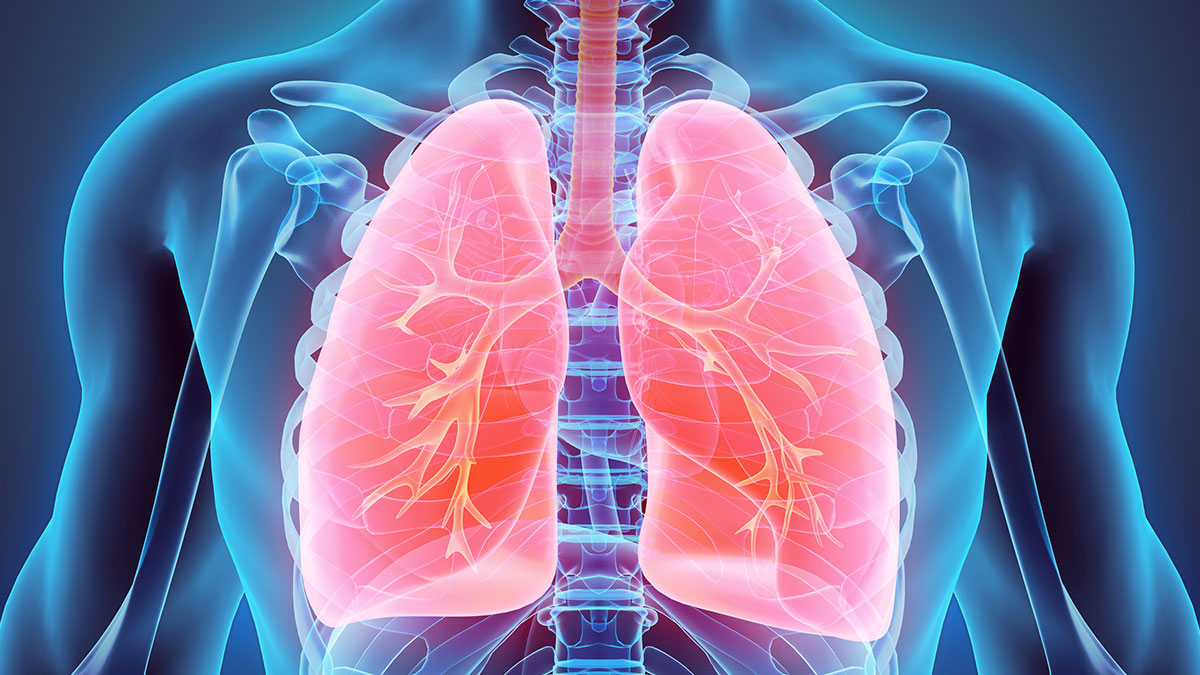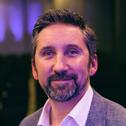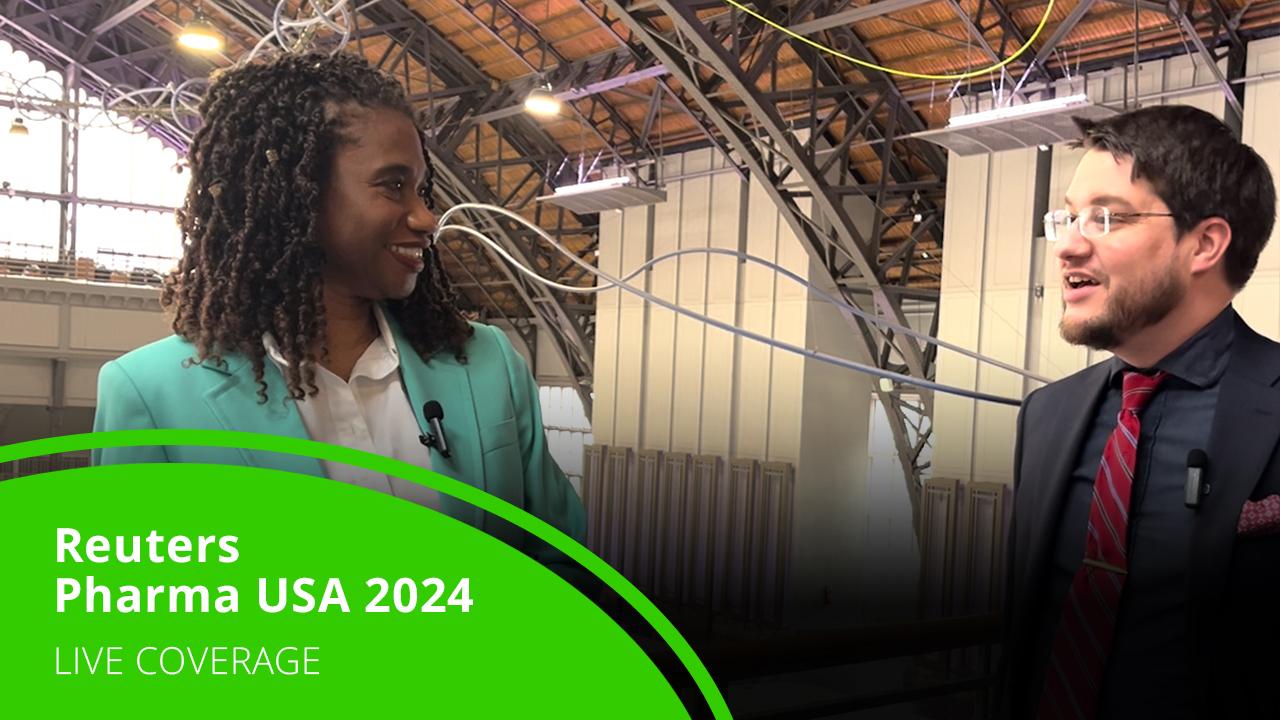Propeller Health: respiring for success

David Van Sickle is on a mission to transform treatment for respiratory diseases with the company he co-founded, Propeller Health. pharmaphorum’s Paul Tunnah met with him at this year’s eyeforpharma conference to find out how the humble soya bean helped to inspire his career in healthcare.
Propeller Health has been becoming increasingly influential in the field of digital respiratory devices in recent years and has recently been acquired by cloud-based medical services company ResMed for $225 million.
Notable Propeller achievements include signing a deal with Novartis to add Propeller’s sensor technology to Novartis inhalers to make them “smart” and able to generate data that can be viewed by both patient and doctor.
The company is also working with another giant respiratory disease specialist, GlaxoSmithKline, to connect their Ellipta franchise to Propeller, showing that big pharma is taking the company’s ideas seriously.
While big pharma sees Propeller’s sensor technology as cutting edge, Van Sickle told pharmaphorum that the company’s roots go back several decades, to an outbreak he heard about while working as a disease detective at the US Centers for Disease Control and Prevention (CDC) in Atlanta.
In the 1980s in Barcelona, people began to experience a significant uptick in asthma symptoms, but no one could pinpoint the cause of the symptoms.
“Physicians at large hospitals in the city started to report epidemic days when large numbers of people would show up suffering from unusually severe asthma.”
Unfortunately, people having asthma attacks on these days were more likely to get admitted to hospital or die than those who had attacks on other days.
After struggling to find any demographic link in the patients who were becoming ill on these epidemic days, the Barcelona team began to look elsewhere.
On the waterfront
“The breakthrough happened when the team that was put together to investigate it interviewed people and put on a map where they were when their symptoms started. It drew their attention to the waterfront down here.”
The Barcelona team noted that harbour silos on the waterfront did not have appropriate filters installed, and when soya beans were loaded or unloaded into the silos, they were releasing this big cloud of soya bean dust.
Installing these filters fixed the problem after evidence from elsewhere in the world linked asthma outbreaks with high levels of soya bean dust. Before then, soya bean dust had never been identified as an asthmagen.
When Van Sickle heard about this outbreak several decades later in 2006, it dawned on him that population and other forms of empirical data could be used to monitor what is happening in the wider community, and that this could in turn help patients manage respiratory diseases.
“You could target and evaluate your public health interventions so much more cost effectively and efficiently,” said Van Sickle.
Moving to Wisconsin in 2006, before smartphones became readily available, Van Sickle worked at the medical school there to explore his ideas further, using the technology of the time to experiment with medicines that were linked to pre-smartphone internet services.
“We ran small trials and demonstrated we could improve a person's level of control of their asthma just by giving them some simple feedback about how they were doing and some guidance about what steps they might take to improve their self-management.
“Once we saw that clinical benefit, we thought there could be a commercial model, so we took it off campus in 2010 and set about working on the business, and have been ever since.”
Changing times
Propeller Health was founded around three years after the first iPhone hit the market in 2007 and since then Van Sickle and his co-founder Greg Tracy have been building the company around the digital technology that has transformed everybody’s lives.
According to Van Sickle, digital technology has helped to shape the ethos of the company and is much more than just an aid to people as they take their medications.
The technology can help individual patients on their journey, and it can be used at a population level to shape care across society.
“I think what we're increasingly thinking about is the way that digital is not just a companion to the product, the medications in our case, but it's also foundational to the more longitudinal aspects of the journey beginning with diagnosis.”
Van Sickle said the company went about looking for people who were strong problem-solvers, in order to foster what he terms a “creator-driven culture”.
A big challenge was to develop the hardware that has formed the foundation of the company’s success, something that the Propeller team put together almost from scratch.
Simply finding ways to connect sensors and devices together was one of the first problems that the team at Propeller had to overcome, he explained.
”The hardware didn't exist, and you couldn't get the signal otherwise. Without that, you couldn't build software experiences that were meaningful, and you couldn't accumulate the data that demonstrate that there is some benefit.”
Battery power
There were also some surprises as the company learnt that some of its assumptions about patients’ needs were way off the mark. Finding a suitable option to power and recharge Propeller’s devices turned out to be an unexpected stumbling block, for instance.
Van Sickle explained: “Some of our first devices had a battery life of about a month which at that time we thought was this exceptional achievement. It turns out it couldn't be worse. We identified the most suboptimal battery life because nobody has anything that's charged on a monthly interval.”
The company found out the hard way that the best option was no charging at all, or an iPhone-style daily charge routine that fits with the rhythm of everyday life.
“Either get rid of charging, which we did and get them to last as long as possible or make it chargeable every day so it could align and couple itself with habits,” said Van Sickle. All this has led to the current range of products – which are sensors that help patients to manage conditions such as asthma or COPD.
The sensor sits on top of the inhaler and with the companion smartphone app experience, provides data on potential triggers and suggests ways of helping to manage the disease. Displaying data on a patient’s smartphone such as air quality, humidity and temperature, the sensor can give tips about medication use and warnings about potential triggers for attacks.
But all these years after the experience with soya bean dust, Van Sickle said that reporting such background information is still one of the major shortcomings in respiratory care and treatment. Moving forward Propeller Health’s mission is to change all this and make respiratory care more proactive in a bid to improve the quality of life for patients with respiratory diseases.
Van Sickle said: “There's so much more accurate, timely, and specific information we can offer.” On a personal level, Van Sickle said that creating his own company is a constant inspiration, and that he is always striving to find new and better ways to improve patients’ lives.
“It's kind of the curse of the founder that you're never quite as far as you want to be,” he concluded.
David Van Sickle

David Van Sickle is the co-founder and CEO of Propeller Health. From 2004 to 2006, David served as an Epidemic Intelligence Service officer at the Centers for Disease Control and Prevention in Atlanta, assigned to the Air Pollution and Respiratory Health Branch. During that time, he provided epidemiological support to the National Asthma Control Program and investigated the health effects of a variety of environmental exposures. Between 2006 and 2009, David was a Robert Wood Johnson Foundation Health and Society Scholar at the University of Wisconsin School of Medicine and Public Health. David specialises in asthma, chronic respiratory disease, medical device development, health data and disease surveillance.












